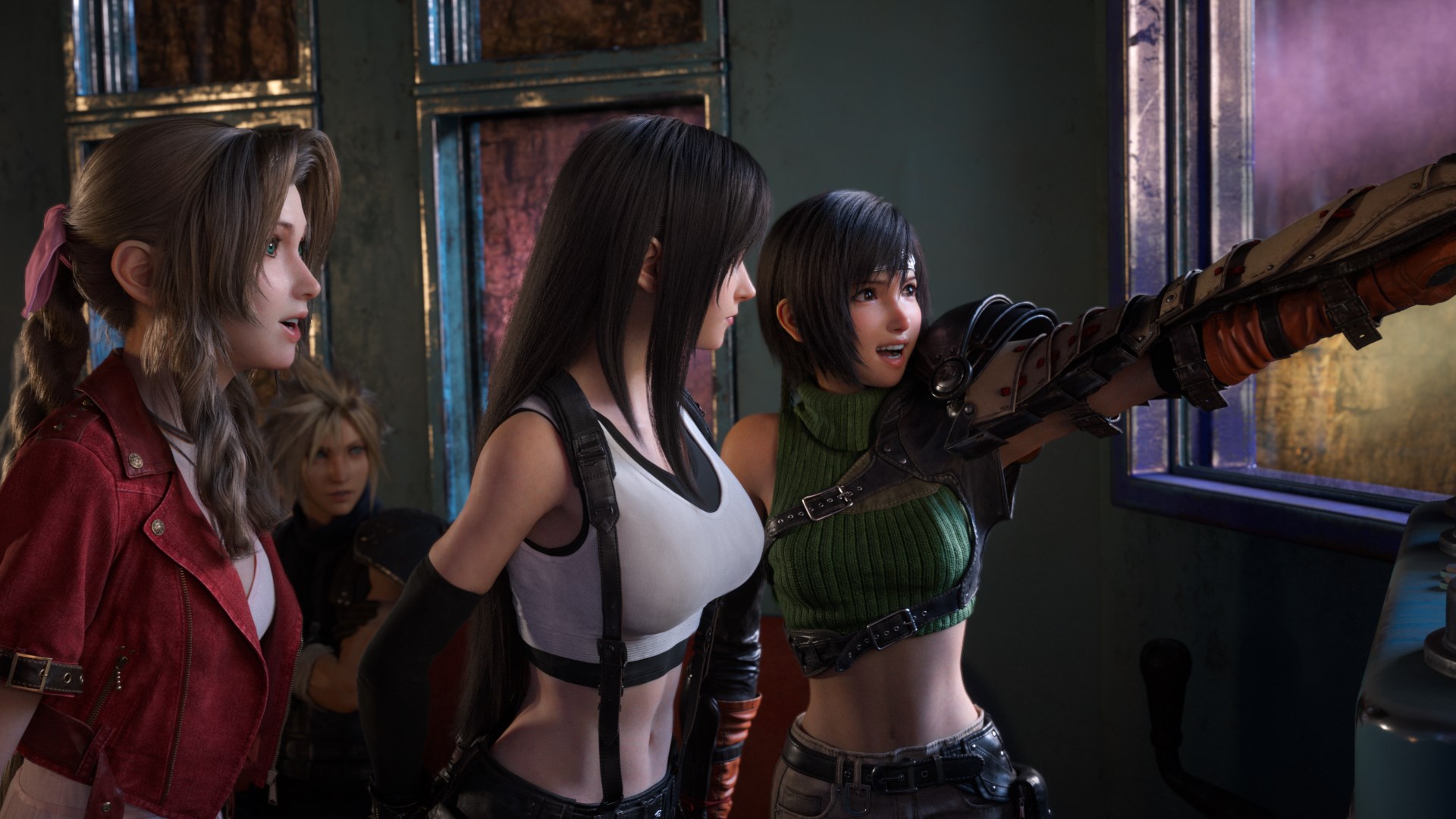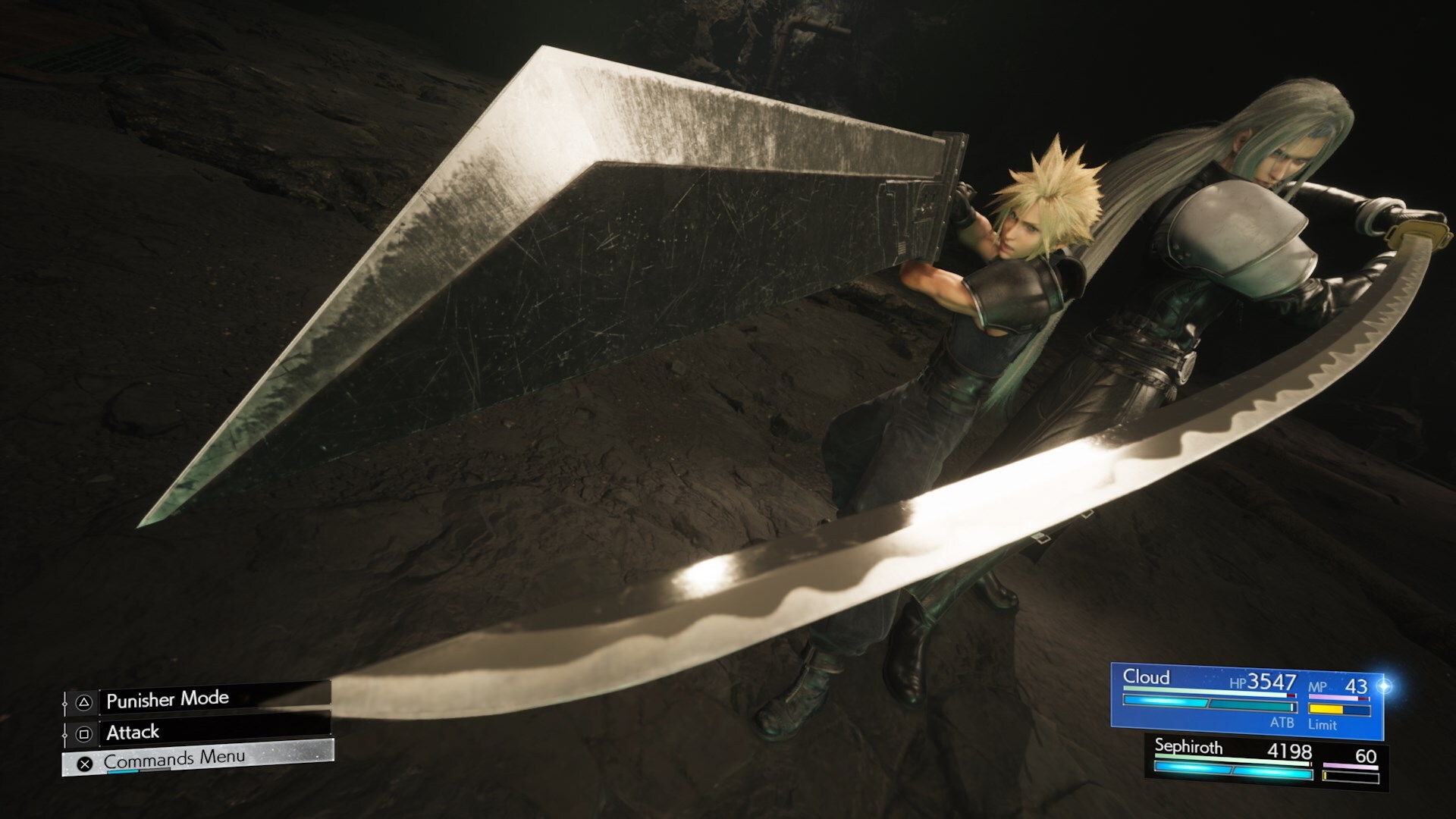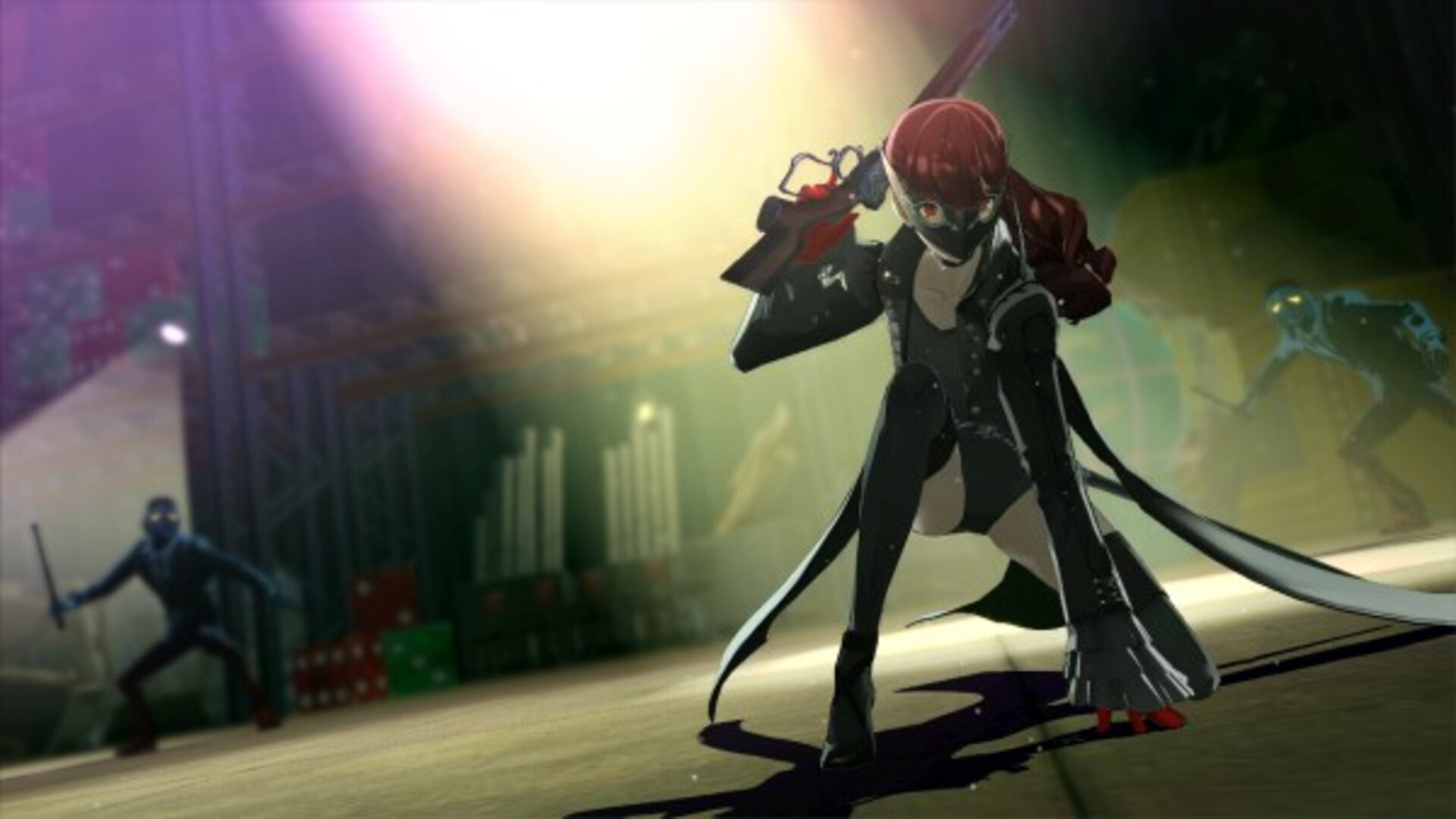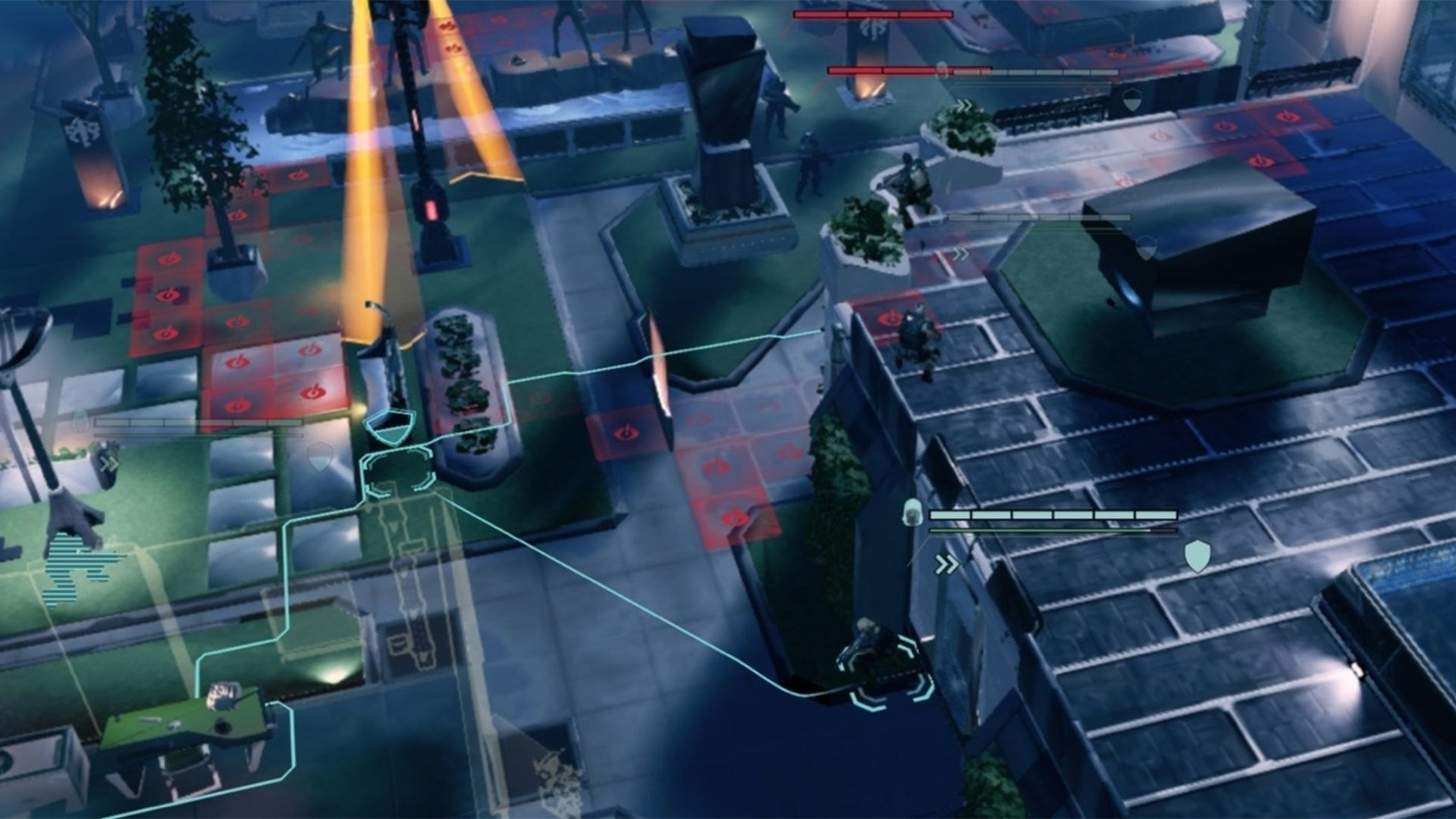Final Fantasy 7 Rebirth uses combat to show off the bonds between its heroes
The power of friendship

Final Fantasy 7 Rebirth may be a stunning visual spectacle, but it's the characters and relationships at the heart of the series that have come out since the original JRPG was released back in 1997.
We were thoroughly impressed with our hands-on with an early build of the game, but one new mechanic in particular really caught our attention. Artfully combining combat and character relationships, a powerful storytelling technique has been introduced in Rebirth, helping to elevate the title above its predecessor while tapping into a rich tradition emblematic of many of the best JRPGs.
Synergy attacks are a new form of skill available to party characters in Final Fantasy 7 Rebirth. These techniques see two characters teaming up to perform a bespoke special move with its animations and effects firmly rooted in the particulars of the participants’ relationship. These stylish attacks don’t just provide insight into the relationships that underpin Rebirth’s story but do so in the heat of battle - adding a touch of emotive storytelling to parts of the game that would, otherwise, be dominated by the more practical realities of combat. Though some, more limited Synergy attacks were available in Final Fantasy 7 Remake Intergrade, Rebirth has taken the mechanic to new heights, giving it a higher level of care and attention in the upcoming title.
Synergy attacks tap into a rich tradition emblematic of many of the best JRPGs
In a flashback sequence during the demo, we saw protagonist Cloud and aloof superhuman Sephiroth team up for a mission that takes place before the latter properly went off the rails and went full villain. The Synergy attacks available to the two of them were an absolute treat, dripping with hints as to the nature of their relationship.

When the unlikely pair begin slicing and dicing as part of the Double Helix attack, Cloud appears to mimic his partner’s technique, speaking to his reluctant and uneasy admiration for Sephiroth. As the move comes to an end, the two share a look, Sephiroth’s confident and appraising expression causing Cloud to wilt in a moment of awkward anxiety. It’s an intriguing, slightly queer-coded, moment that invites you into the rich inner lives of both characters.
On the other end of the spectrum, we were later shown a Synergy move performed by Cloud and Aerith. True to their gentle and supportive relationship, the attack saw Aerith channel a burst of magic through Cloud’s sword. This created a beautiful cascade of violet energy that damaged enemies and buffed our heroes, allowing them to cast spells without spending mana for a few precious seconds. In this way, their wholesome, mutually supportive relationship is reflected by game mechanics; the two lifting each other up to become stronger.
The old magic

This storytelling technique is hardly a new innovation, even if Final Fantasy 7 Rebirth executes these Synergy moves with jaw-dropping visual fidelity. JRPGs have often used battle mechanics to reinforce character relationships.
Sign up for breaking news, reviews, opinion, top tech deals, and more.
Persona 5 Royal not only rewards the protagonist for strengthening his bonds with the supporting cast but also offers charming “Showtime” attacks which see characters team up to perform tag-team moves so elaborate that they border on the absurd. As with Final Fantasy 7 Rebirth, these attacks make for rich character interactions.
JRPGs have often used game mechanics to reinforce character relationships
Artistically aloof Yusuke and meat-headed delinquent Ryuji use their combined attack to bond over food, blasting the enemy monster to pieces for interrupting their meal, while spirited Ann and gentle Haru go on a trigger-happy joyride together. Both vignettes not only give you a better sense of the characters involved but also shine a light on how they see one another. Yusuke and Ryuji are fellow gourmets while Ann and Haru are each comfortable giving the other a chance to let her hair down.

The Fire Emblem series of strategy RPGs, on the other hand, takes a more measured approach. Have certain characters fight alongside one another, and you'll be rewarded with cutscenes showing off their developing relationship. These, in turn, result in further buffs when they cooperate on the battlefield. This is dialed up to 11 in Fire Emblem Engage, the most recent entry in the series. In Engage, characters wear rings that contain the spirits of heroes, allowing your soldiers and these revenants to perform special attacks by working together.
Running even further with this approach, Xenoblade 3’s entire premise turns around the effect its characters’ relationships have on their ability to fight. Caught on opposite sides of a war, the six protagonists bond regardless, pairing off and fusing together to transform into powerful combined forms that only unlock after said pair crosses a threshold within the game’s narrative. Each of these forms is heavily customizable and a distinct representation of the qualities of the characters that comprise it. This mechanic does a great deal to enrich the game, drawing players into the trials and tribulations of the game’s heroes.
Even further beyond

This storytelling technique has proven so fruitful that it’s been adopted outside of JRPGs. XCOM 2: War of the Chosen by Firaxis Games spiced up its already compelling strategy formula by adding a relationship mechanic to the mix. Set in a dark future where alien invaders have conquered Earth, XCOM 2’s War of the Chosen expansion introduced the “Bonds” system, which allows soldiers to form personal connections as they go out on missions.
These Bonds provide powerful buffs, ranging from additional action points to greater accuracy in battle. At the highest levels, Bonds can even be used to perform a dual attack - a lethal move where both combatants fire simultaneously.
These sorts of relationship-based tag-team mechanics are far-reaching
Being a strategy game at heart, XCOM 2 is far less narrative-centric than your average JRPG. However, an enduring part of the game’s appeal comes from your ability to customize and cultivate a roster of soldiers. As the game progresses, you’ll find your soldiers take on qualities of their own, gaining new traits and even nicknames. It’s easy to grow attached. The Bonds system helped carry this element even further by bringing it into combat, helping to better flesh out your team of operatives.
These sorts of relationship-based tag-team mechanics are far-reaching, and their inclusion in Final Fantasy 7 Rebirth speaks to Square Enix’s genuine willingness to innovate. The long tradition that underpins this particular story technique speaks not only to its effectiveness as a storytelling tool but also to its enduring appeal with players. From XCOM 2 to Persona 5, it’s been proven time and again that combat can provide ample opportunity for poignant and characterful moments. By embracing JRPG tradition, Final Fantasy 7 Rebirth has taken a significant step forward, while also staying grounded in the solid foundation of its own genre conventions.
Looking for more characterful gaming experiences? Check out our lists of the best story games and the best single-player games.

An editor and freelance journalist, Cat Bussell has been writing about video games for more than four years and, frankly, she’s developed a taste for it. As seen on TechRadar, Technopedia, The Gamer, Wargamer, and SUPERJUMP, Cat’s reviews, features, and guides are lovingly curated for your reading pleasure.
A Cambridge graduate, recovering bartender, and Cloud Strife enjoyer, Cat’s foremost mission is to bring you the best coverage she can, whether that’s through helpful guides, even-handed reviews, or thought-provoking features. She’s interviewed indie darlings, triple-A greats, and legendary voice actors, all to help you get closer to the action. When she’s not writing, Cat can be found sticking her neck into a fresh RPG or running yet another Dungeons & Dragons game.